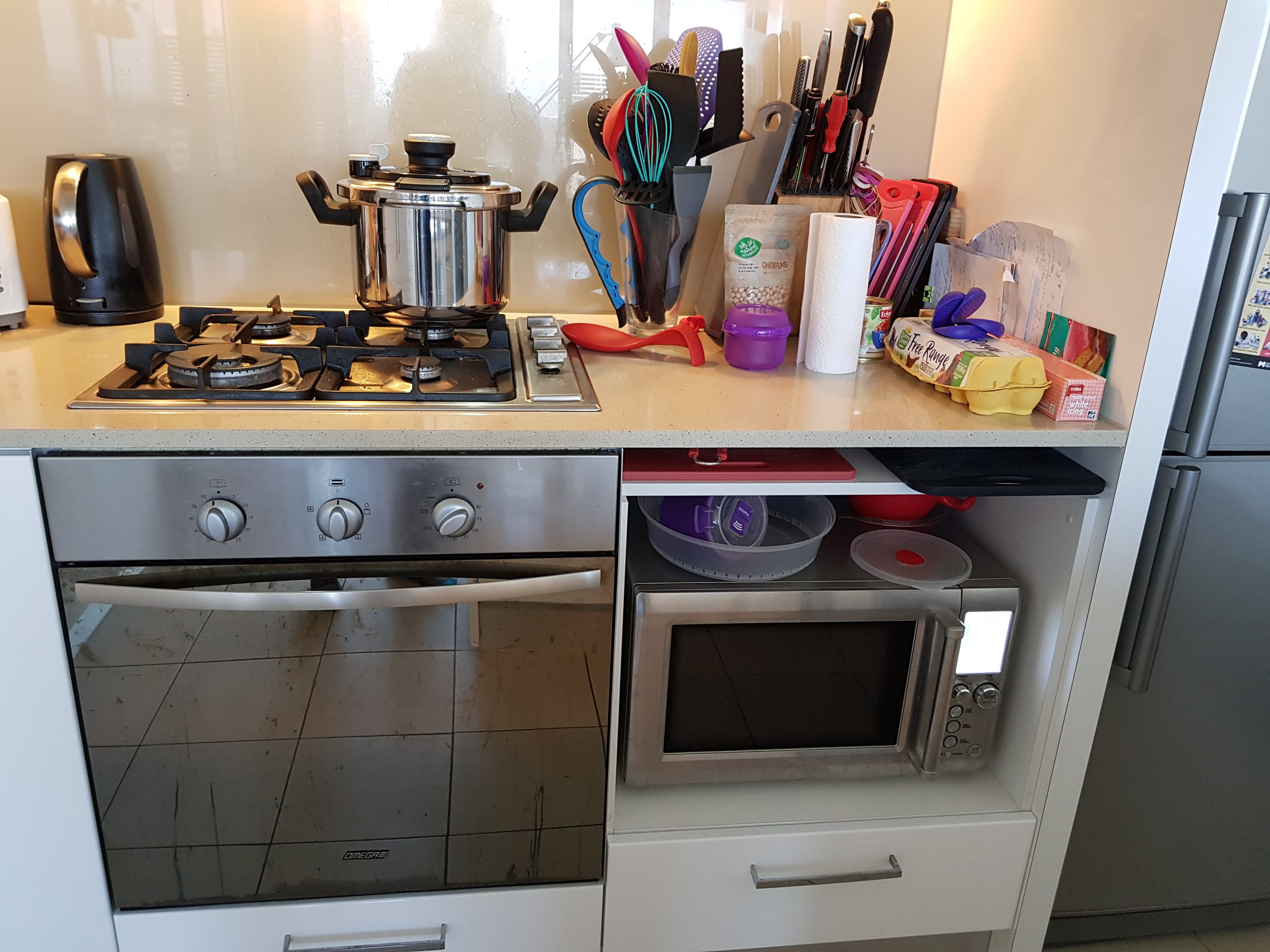City Know-hows

Apartment kitchens need to be better designed to support healthy food practices.
Share
Target audience
Public health and planning policy makers, architects, town planners, developers.
The problem
Increasing numbers of people are living in apartments as a result of housing costs and shortages. Home cooking and dining are known to have health benefits. However, there is limited research on how apartment kitchens, which tend to be smaller than kitchens in standalone houses, should be designed, in order to support healthy food practices. This research is needed in order to inform future apartment design policy.
What we did and why
We explored the food practices of a diverse groups of apartment residents in four different suburbs of Melbourne, Australia, using photo-elicited interviews. This approach helped us understand food practice choices, challenges to implanting these practices and changes to kitchen design to accommodate the desired food practices, of these apartment dwellers. Using a socioecological approach provided a useful conceptual framework to link food practices to individual living conditions, social norms and the broader policy environment.
Our study’s contribution
Our study provides a unique insight into the food practices of a group of apartment dwellers. These findings fill a knowledge gap given the overall paucity of evidence on the general domestic built environment and food practices and provide a unique contribution since housing/kitchen design is rarely considered as a determinant of home cooking.
Impacts for city policy and practice
Our study provides some early insights into how apartment kitchen design influences residents’ food practices. It points to areas of further research that will help inform the development of evidence-based, kitchen design policy, currently lacking in Australia and more widely.
Further information
Full research article:
The interrelationships between kitchen design and food practices for apartment dwellers in Melbourne, Australia: an exploratory study by Fiona Andrews, Louise C. Johnson, Ralph Horne and Lukar E. Thornton.
Related posts

Using a qualitative approach, we examined health vulnerabilities and community strategies in response to climate crisis conditions, involving 22 residents from the Toma Nuevo Amanecer informal settlement. Primary data was collected through ethnography, a focus group, and semi-structured in-depth interviews. This approach aimed to understand how extreme weather events, such as landslides, heatwaves, floods, fires, and air pollution, impact migrant communities and their coping strategies.

We completed a scoping literature review to determine how existing literature addresses regenerative design principles in the context of mixed-use buildings, and to determine what opportunities exist to advance the knowledge and implementation of regenerative design performance areas.

Evidence overwhelmingly suggests that the built environment has an impact on people’s health, particularly in terms of noncommunicable diseases such as asthma, diabetes and poor mental health. However, health is rarely prioritised in urban planning decisions at present, and earlier work by this research group has shown that senior decision-makers feel they lack the power to influence planning and policy decisions in order to improve the situation. This intervention area adds to the wider research programme, which is focused primarily on the delivery of quantifiable socio-environmental and health economics valuations. People make decisions not just based on economic valuation, so an understanding of why people make decisions and how those decisions can change is essential. This paper describes the methodology that will be used to develop this intervention. Findings will be published later.